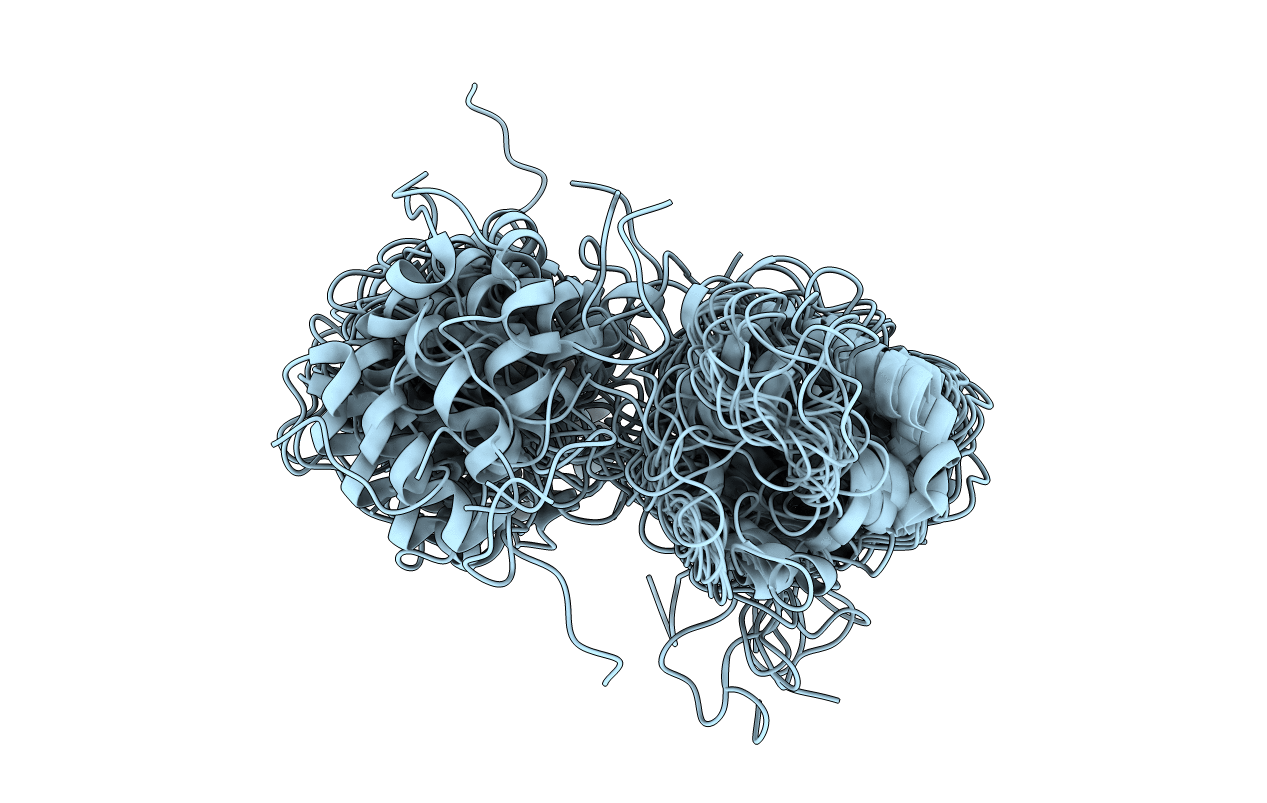
Deposition Date
2013-04-13
Release Date
2014-04-23
Last Version Date
2024-10-16
Entry Detail
PDB ID:
4BIT
Keywords:
Title:
solution structure of cerebral dopamine neurotrophic factor (CDNF)
Biological Source:
Source Organism:
HOMO SAPIENS (Taxon ID: 9606)
Host Organism:
Method Details:
Experimental Method:
Conformers Calculated:
100
Conformers Submitted:
20
Selection Criteria:
LOWEST ENERGY


